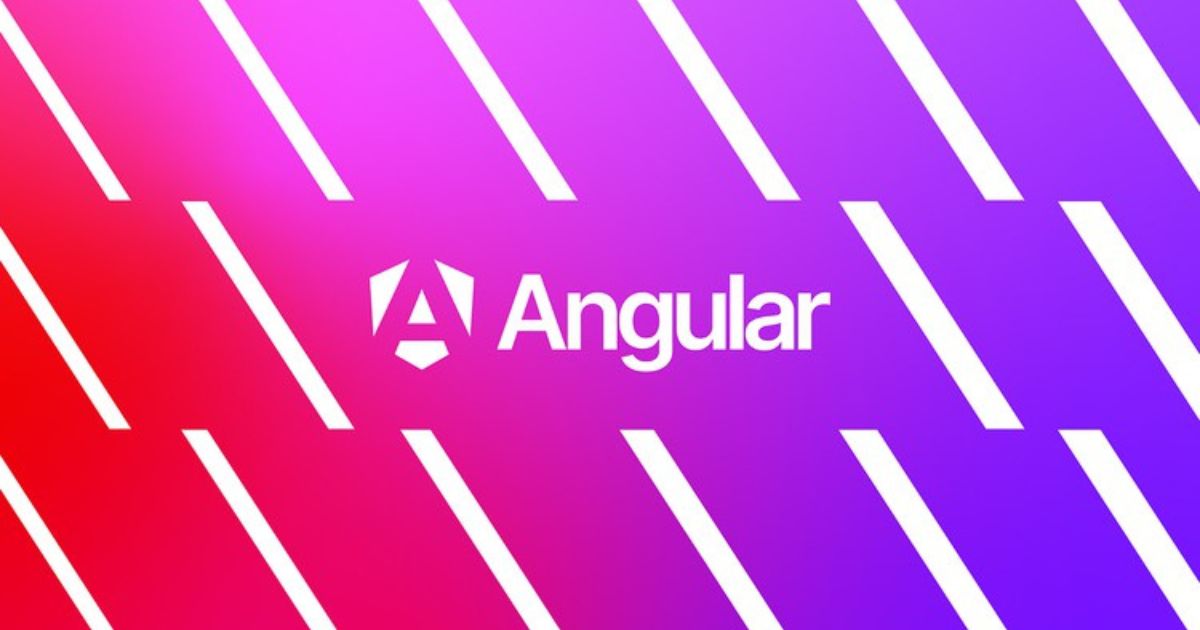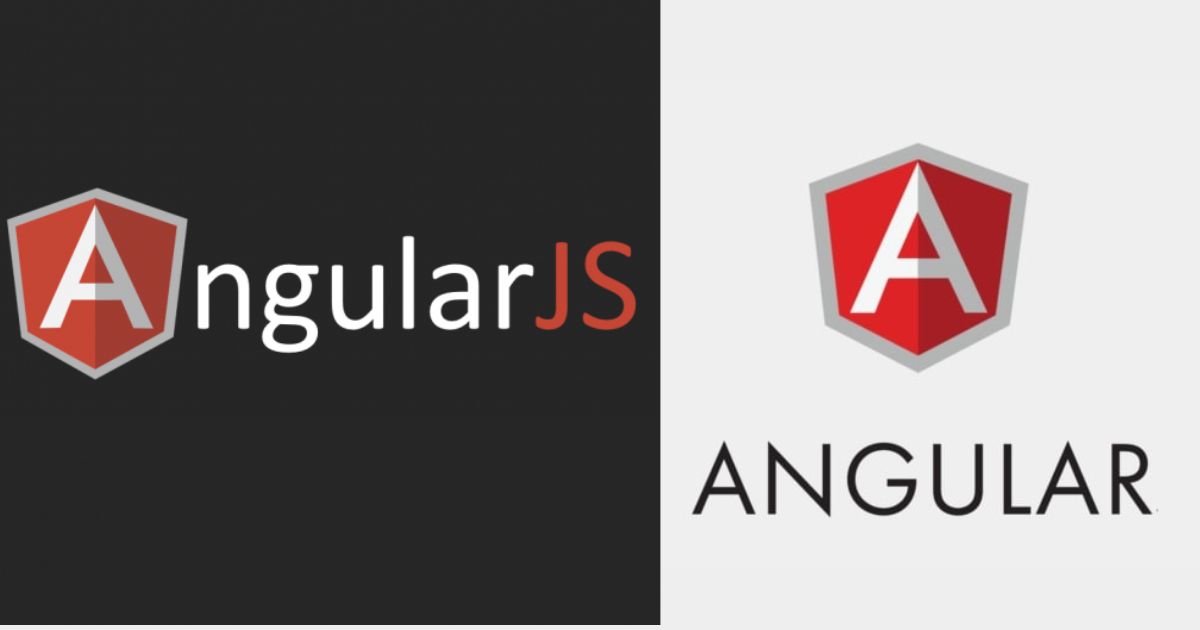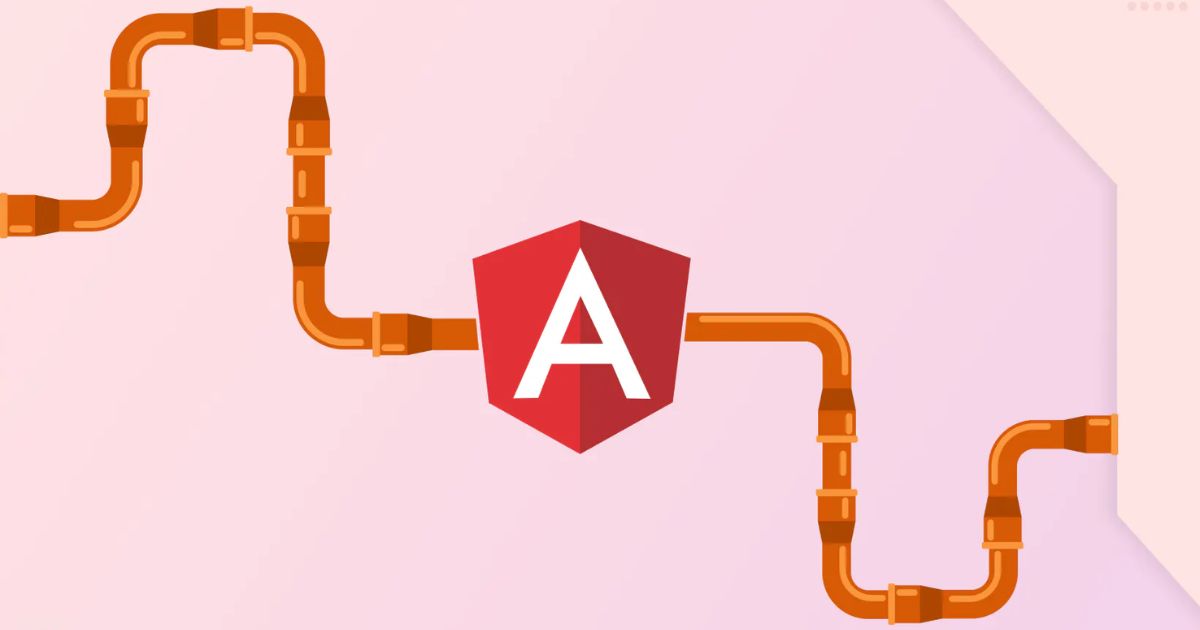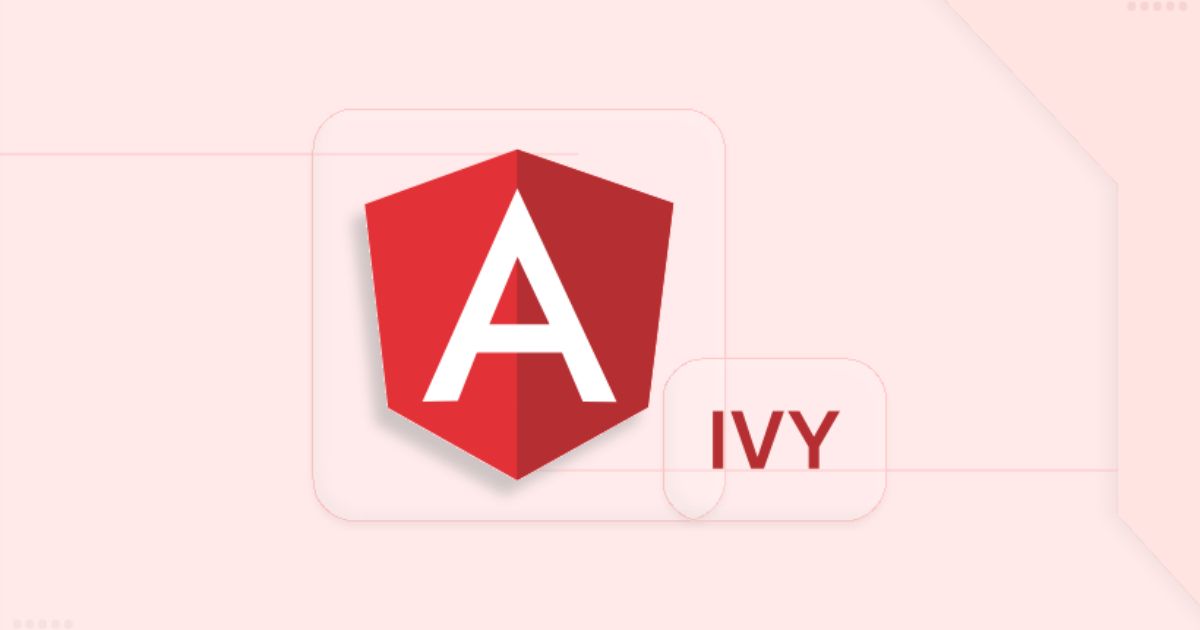Top 20 Angular Interview Questions and Answers
Cracking the Angular interview requires a solid grasp of the framework's core concepts and practical implementation. With fierce competition for Angular developer positions, standing out demands in-depth knowledge and the ability to articulate complex ideas clearly. This comprehensive guide offers a curated collection of frequently asked Angular interview questions, along with detailed explanations.
Question 1: What is Angular?

Angular is a platform and framework for building single-page client applications using HTML and TypeScript. It is developed and maintained by Google and provides a comprehensive approach to building web applications, including tools for data binding, dependency injection, forms, routing, and more.
Question 2: Explain Angular's architecture.
Angular's architecture is based on modules, components, and services. The core building blocks include:
- Modules: Angular apps are modularized using modules (@NgModule), which group related components, directives, services, and pipes.
- Components: Components are the basic UI building blocks of Angular applications. Each component consists of an HTML template, a TypeScript class, and a CSS stylesheet.
- Services: Services are classes that handle business logic and data retrieval, which can be injected into components using Angular's Dependency Injection system.
Question 3: Explain the difference between AngularJS and Angular.

AngularJS is the older version, while Angular is the newer, completely rewritten framework. Angular has a more modular architecture, better performance, and uses TypeScript.
Question 4: What is Angular CLI, and why is it used?
Angular CLI (Command Line Interface) is a tool that assists developers create, manage, and build Angular applications efficiently. It provides commands to generate components, services, modules, and more, while also handling the configuration of projects, builds, testing, and deployment. The CLI standardizes the development process and saves time by automating repetitive tasks.
Question 5: What is Data Binding in Angular?
Data binding in Angular is a mechanism that permits automatic synchronization of data between the model (component) and the view (template). The types of data binding in Angular include:
- Interpolation: Binding data from the component to the view using double curly braces {{ }}.
- Property Binding: Binding component properties to HTML element attributes.
- Event Binding: Binding methods to DOM events, e.g., (click)="methodName()".
- Two-Way Binding: Synchronizing data between the model and view using [(ngModel)].
Question 6: Explain Two-Way Data Binding in Angular.
Two-Way Data Binding in Angular combines property binding and event binding, allowing for the synchronization of data between the model and the view using the `[(ngModel)]` syntax.
Question 7: What is Dependency Injection in Angular?
Dependency Injection (DI) is a design pattern in Angular that provides components with their dependencies instead of requiring the components to create them. Angular’s DI system automatically injects services or objects into components, which enhances modularity, testability, and code reusability.
Question 8: What are Directives in Angular?
Directives are special markers in the DOM that tell Angular to attach a specified behavior to an element or transform the element and its children. There are three types:
- Components: Directives with a template.
- Structural Directives: Alter the DOM layout by adding, removing, or manipulating elements (e.g., *ngIf, *ngFor).
- Attribute Directives: Change the appearance or behavior of an element (e.g., ngClass, ngStyle).
Question 9: What are Pipes in Angular?

Pipes in Angular are used to transform data in templates. They take in data as input and return the transformed output. Angular provides several built-in pipes like DatePipe, CurrencyPipe, and UpperCasePipe. Developers can also create custom pipes.
Question 10: What is a Service in Angular, and how is it used?
A service in Angular is a class that encapsulates business logic, data retrieval, or reusable functionality. Services are typically injected into components or other services using Angular’s DI system. It promotes separation of concerns and reusability across the application.
Question 11: What is Routing in Angular?
Routing in Angular has function navigation between different views or components within a single-page application. The Angular Router maps URLs to components, enabling the creation of a navigable, multi-view application. The RouterModule is used to configure routes in an Angular application.
Question 12: What is Angular’s Change Detection?
Angular’s Change Detection mechanism is responsible for checking the application's state and updating the DOM when the state changes. Angular uses zones to track asynchronous activities and efficiently detect changes, triggering updates in the view when necessary.
Question 13: What is an Angular Module?
An Angular module is a container that groups components, services, directives, and pipes that are related. Modules are defined using the `@NgModule` decorator, and they can import other modules and export components or services to be used by other parts of the application.
Question 14: How do you optimize an Angular application?
Optimization techniques for Angular applications include:
- Lazy Loading: Load modules only when needed.
- AOT (Ahead-of-Time) Compilation: Pre-compile the application to improve load times.
- Tree Shaking: Remove unused code from the final bundle.
- Using OnPush Change Detection Strategy: Improve performance by reducing unnecessary change detection cycles.
- Minification and Compression: Reduce the size of the JavaScript and CSS files.
Question 15: What is Ahead-of-Time (AOT) Compilation in Angular?
AOT compilation is a process where Angular compiles the application and its templates during the build process rather than at runtime. It leads to faster rendering and smaller bundle sizes.
Question 16: What is Angular's Lifecycle Hooks?
Developers tap into key moments in a component's lifecycle, such as initialization, changes, and destruction. Some important lifecycle hooks include:
ngOnInit(): Called once after the component's data-bound properties are initialized.
ngOnChanges(): Called when any data-bound property of a directive changes.
ngOnDestroy(): Called before the component is destroyed.
ngDoCheck(): Detects and acts upon changes that Angular might miss.
Question 17: What is the difference between Constructor and ngOnInit in Angular?
The constructor is a TypeScript feature that initializes the component and is used for simple initialization tasks. `ngOnInit` is an Angular lifecycle hook that is called after Angular has fully initialized the component’s data-bound properties. It is a better place for complex initialization tasks or when you need access to Angular-specific features.
Question 18: What is Angular Ivy?

Angular Ivy is the new rendering engine introduced in Angular 9. It offers improved performance, smaller bundle sizes, faster compilation, and better debugging capabilities. Ivy allows for fine-grained control over the rendering process and enables features like AOT compilation by default.
Question 19: Explain Angular Universal.
Angular Universal is a technology that renders Angular applications on the server side, resulting in faster initial page loads, better SEO, and enhanced user experience. This server-side rendering (SSR) is particularly beneficial for applications that need to improve performance and accessibility.
Question 20: How does Angular handle forms?
Angular handles forms using two approaches: Template-driven forms, which rely on Angular directives in the template, and Reactive forms, which are more flexible, use explicit form groups, and form control objects in the component class.
Conclusion
Mastering Angular is a valuable asset for any web developer, and being well-prepared for interviews is key to landing your desired role. The questions and answers we've covered in this article provide a solid foundation to help you demonstrate your knowledge and expertise in Angular during an interview. Remember, continuous learning and practice are essential to staying up-to-date with the latest Angular developments. With the right preparation, you'll be well-equipped to showcase your skills and secure your next opportunity in the ever-evolving world of web development.
If you want to learn more about Angular more deeply and broadly, you can register for Skilltrans courses. We have a variety of courses to lead you to success.

Meet Hoang Duyen, an experienced SEO Specialist with a proven track record in driving organic growth and boosting online visibility. She has honed her skills in keyword research, on-page optimization, and technical SEO. Her expertise lies in crafting data-driven strategies that not only improve search engine rankings but also deliver tangible results for businesses.



